Why 70s Color Film Cameras Shine in 2025
This section explains why the charm of 1970s film cameras still captivates photographers today.
As digital workflows dominate, many creatives return to the tangible magic of analog color film. Retro aesthetics aren’t just a fad—they’re a way to slow down, stay intentional, and embrace imperfections that algorithms can’t mimic. The craftsmanship of 1970s models, often metal-bodied and purely mechanical, makes them dependable even fifty years later. Their tones have a warmth and depth that preset packs struggle to emulate.

I still remember finding my uncle’s Nikon F2 in a dusty attic box. Expecting a stiff shutter and foggy glass, I was stunned to discover the camera fired smoothly, and the lenses revealed crisp images after developing. That first roll glowed with colors digital cameras rendered coldly. It made me realize: the 70s magic was never gone, it just needed light again.
Top 70s Color Film Cameras Still Worth Using
Here you’ll discover the 1970s models that still perform brilliantly in 2025 and their differences.
Standout models include the Nikon F2, Canon AE-1, and Minolta SRT series. These classics remain versatile thanks to robust mechanical shutters and large lens ecosystems. SLRs give full framing control and lens swaps, while Rangefinders offer compactness, quiet shutters, and intuitive focusing—ideal for street shooting.

- Check shutter speeds and smooth operation.
- Inspect lens for scratches, fungus, or haze.
- Test light meter (if built in).
- Check film advance lever and frame counter.
- Inspect seals for light leaks.
During a foggy morning shoot, a Canon AE-1 with 50mm prime revealed atmospheric colors digital previews flattened. The slower pace, meter needle readings, and the embrace of grain heightened the emotion of that day in a way pixel peeping never could.
| Name | Best for | Spec | Look/Result | Usability | Notes |
|---|---|---|---|---|---|
| Nikon F2 | Pro workflows | 1/2000s shutter | Crisp, accurate colors | Manual, rugged | Legendary reliability |
| Canon AE-1 | Beginners & enthusiasts | Shutter priority auto | Warm tones, easy metering | User-friendly | Affordable entry point |
| Minolta SRT-101 | Experimenters | Manual match-needle | Rich contrast | Simple & mechanical | Durable build |
Pros
- Durable metal construction.
- Classic optics with unique character.
- Still plentiful parts and accessories.
Cons
- No instant digital feedback.
- Requires film and lab processing.
- Some models lack battery-independent meters.
Where to Buy Authentic 1970s Color Film Cameras in 2025
This section shows where to find and trust quality vintage gear in 2025.
Shopping from trusted second-hand stores ensures you get authenticity and cameras tested for light leaks and shutter accuracy. Online collections make comparing models easier, and curated platforms often provide condition guarantees. Certifications and return policies matter when every shutter click is mechanical history.
I once scrolled listings obsessively before stumbling upon a mint-condition Minolta at a local thrift store. Holding that unexpectedly well-preserved camera felt like catching history before it vanished forever.
Explore collections to start: Explore our SLR film camera collection or Browse vintage rangefinder cameras for inspiration.

How to Care for and Maintain Your Vintage Film Camera
This section guides you step by step on keeping vintage gear alive for decades.
- Store camera in cool, dry environment.
- Keep silica gel in camera bag to absorb moisture.
- Wipe exterior regularly with a microfiber cloth.
- Advance film carefully to avoid jams.
- Get light seals replaced every few years.
Once, I left a film SLR in a damp basement box. Mold crept into the leatherette and lens, costing me repair fees. That experience taught me that preservation is as important as shooting.

Creative Projects You Can Try with 70s Color Film Cameras
This section inspires you with ways to experiment once you have your retro camera in hand.
Try double exposures by rewinding and re-shooting a frame for dreamy overlays. Hit the streets for candid shots with a vintage aesthetic. Or seek expired film—its shifted tones and muted contrast become unpredictable canvases.
My first double exposure attempt blended a portrait with tree branches behind her. I expected chaos but got a lyrical silhouette that felt like analog poetry.
Quick Decision Guide
- Pick Nikon F2 if reliability under pro conditions matters most.
- Pick Canon AE-1 if you’re new to film and want auto exposure simplicity.
- Pick Minolta SRT-101 if you value hands-on, purely mechanical shooting.
- Pick a rangefinder model if you prefer stealth, speed, and compact design for street work.
FAQs
- What are the best 70s color film cameras in 2025?
- Dependable models include Nikon F2, Canon AE-1, and Minolta SRT series. They remain popular for their durable builds and ease of use.
- Where can I buy vintage 70s film cameras?
- Look at second-hand shops, online curated collections, and trusted photography marketplaces.
- How do you care for 1970s film cameras?
- Store them in dry environments, clean lenses gently, and replace seals periodically.
- Which 70s color film camera is most reliable?
- Nikon F2 is renowned for heavy-duty durability, while Canon AE-1 balances reliability with user-friendliness.
- Are replacement parts available for 70s cameras?
- Yes; light seals, batteries, and common parts still exist, but advanced repairs may need specialists or donor units.
Start Shooting Today
Shop analog cameras and find your perfect 70s film camera today in our shop.




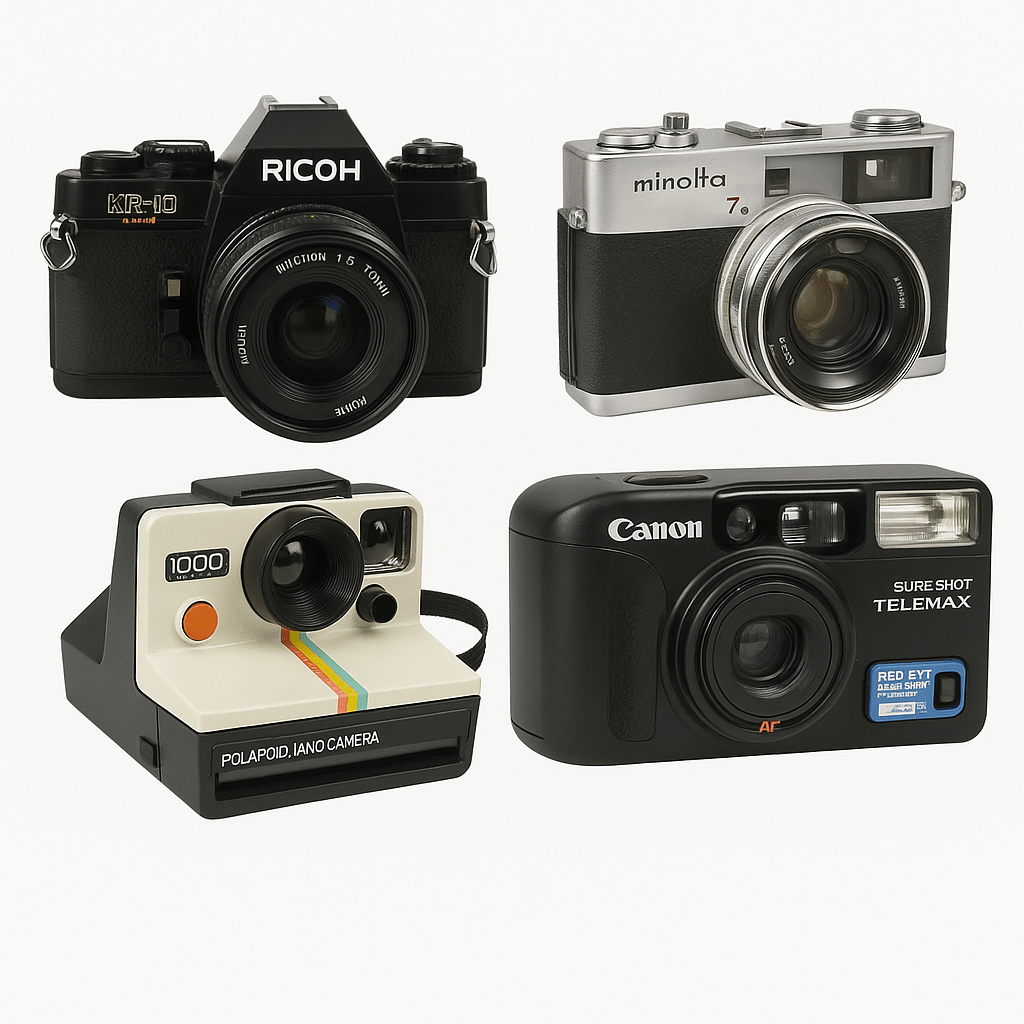
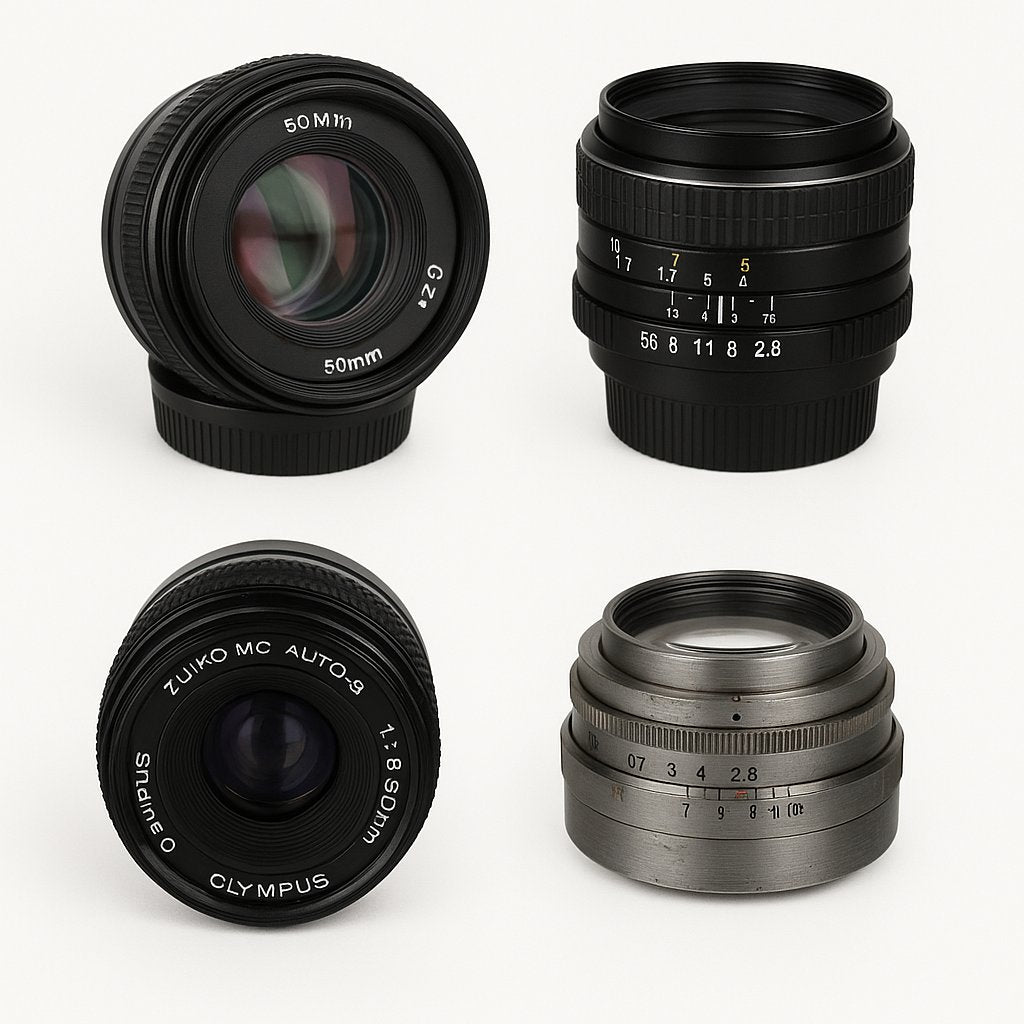
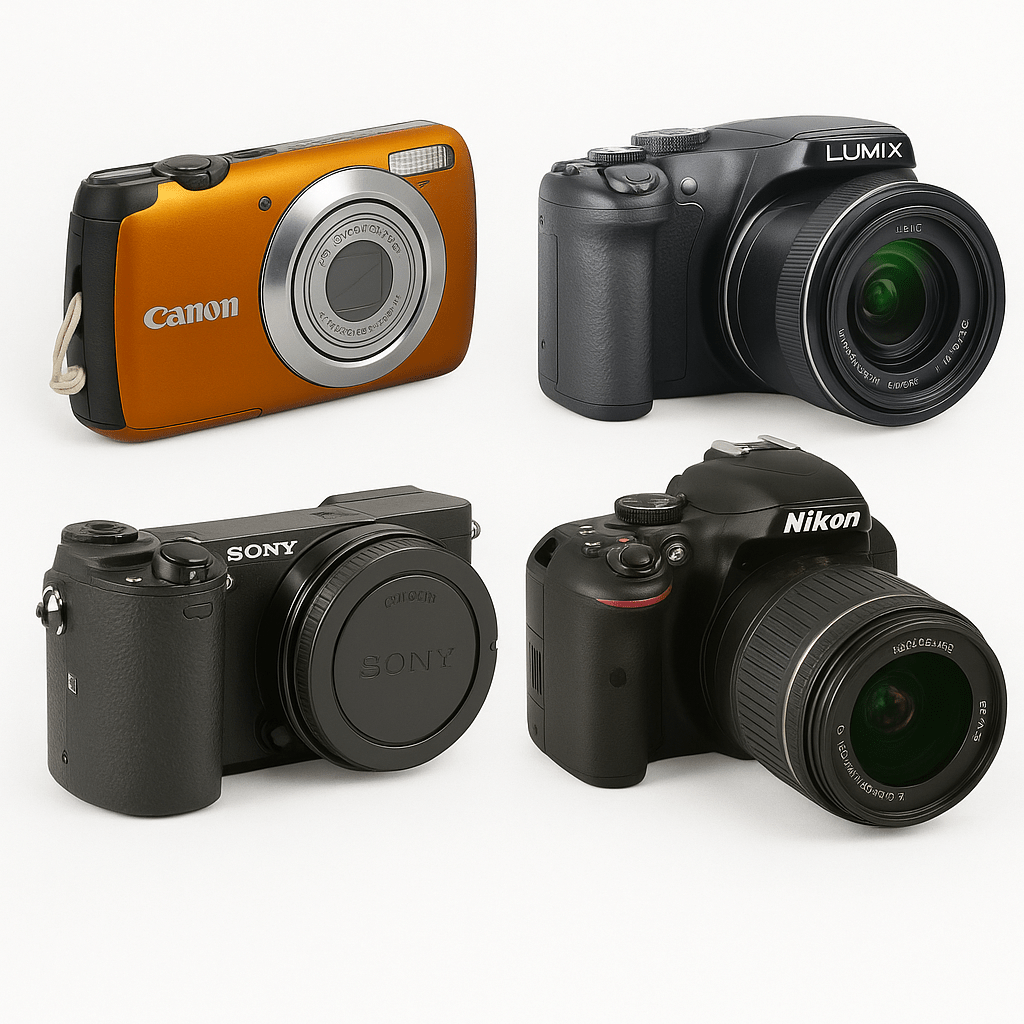
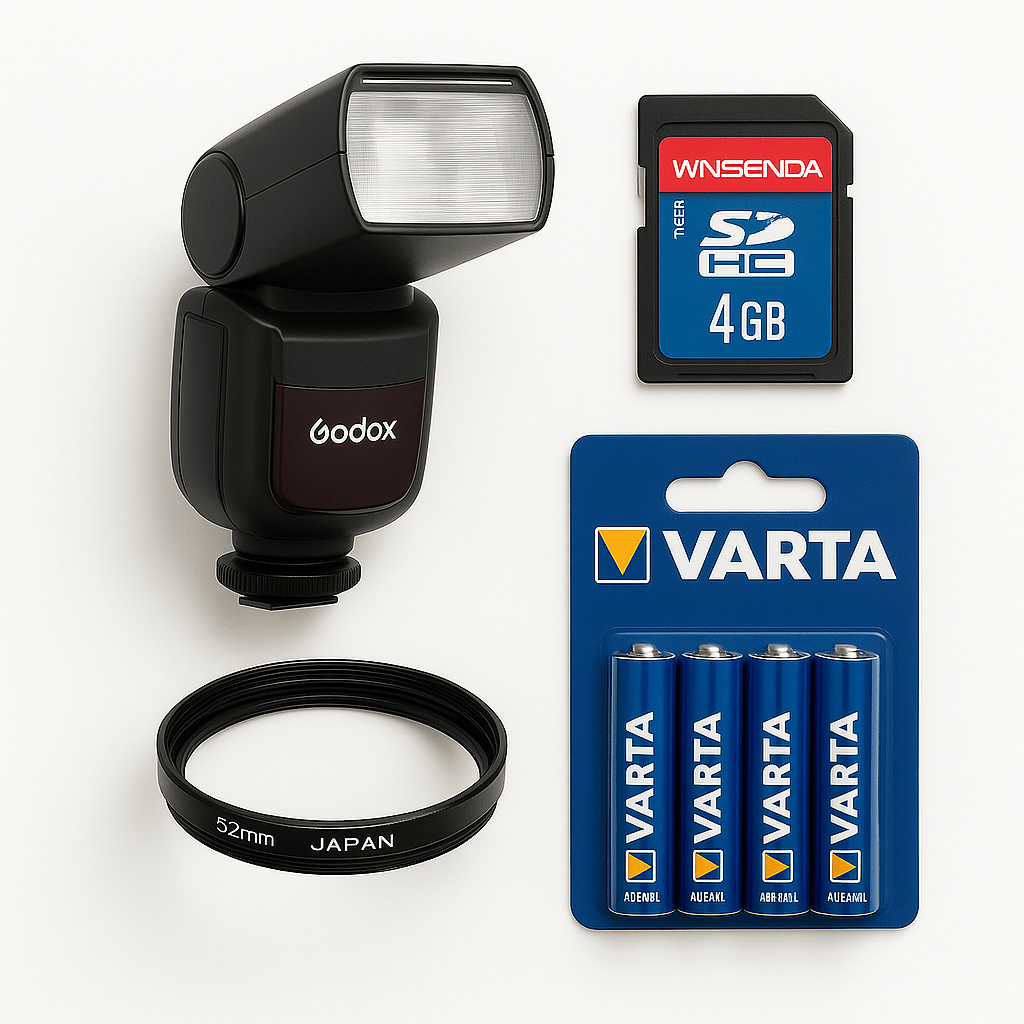
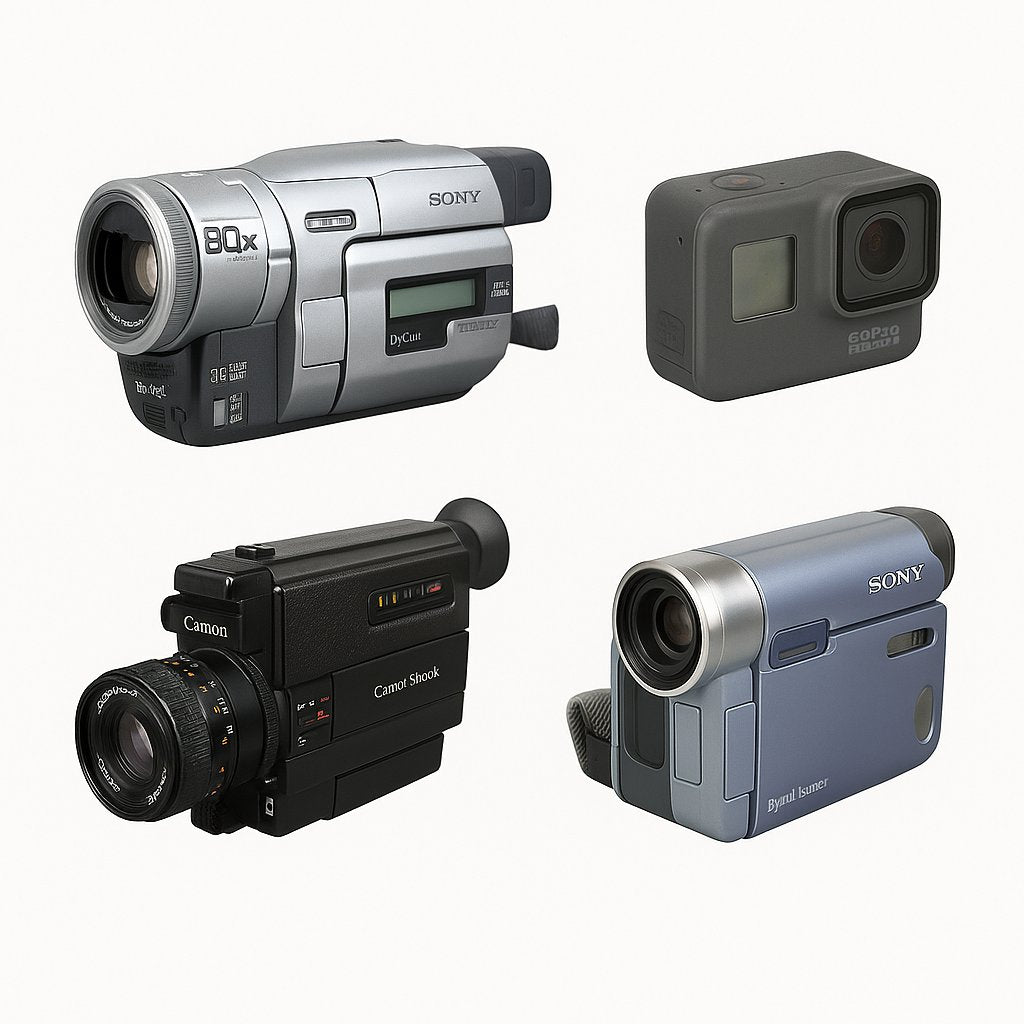
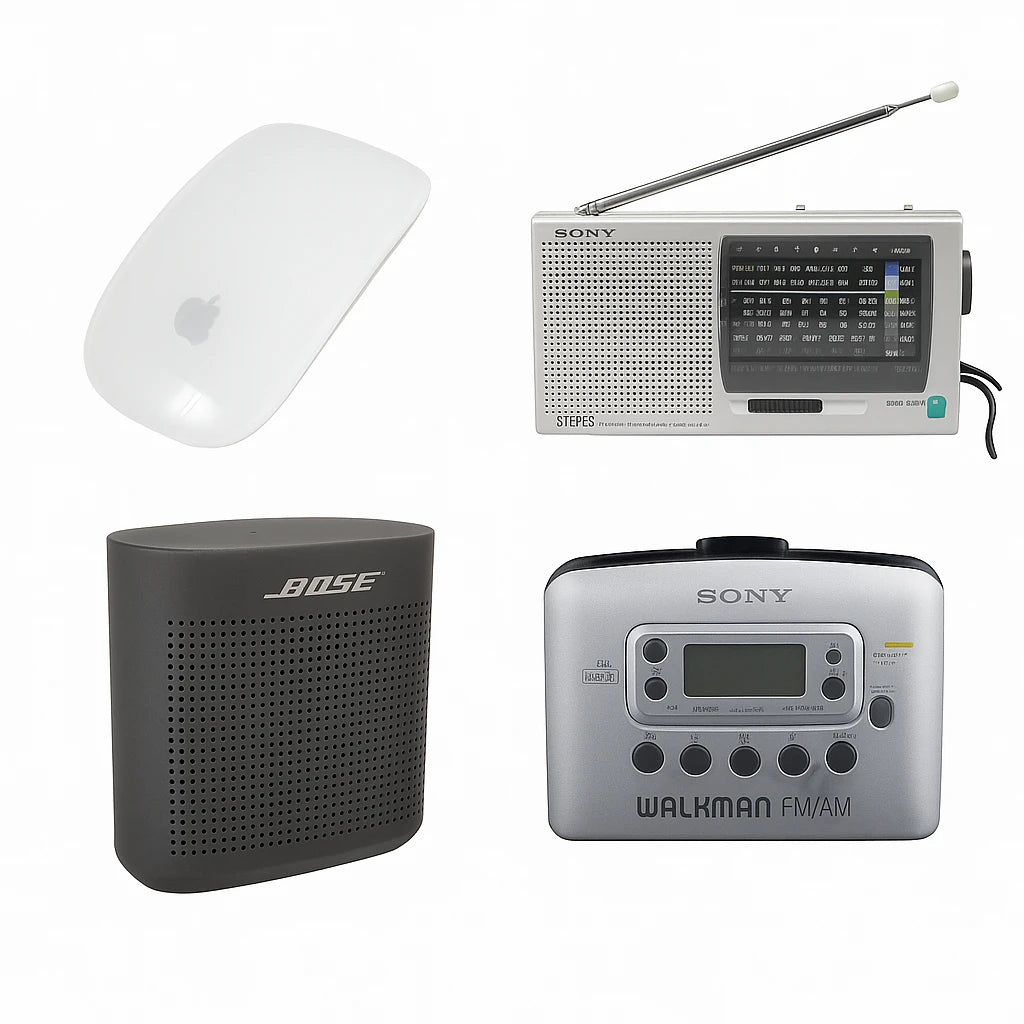
0 commentaire